

We were approached by Nate Hill from the METRO Library Council in New York to develop a visual identity and contribute to the strategic development for the Library Field, a public land project that will bring library programs and services to open space in Westchester County.
Our work together began by convening a group of stakeholders to articulate a vision for librarianship in the natural world and culminated with the public launch of the Library Field in February 2024.
Learn more about the Library Field and help shape the initiative
Visit the Library FieldThroughout the design process, we were drawn to the limitations of human-centered design as a framework to address ecosystem-level challenges. This exploration led to three themes which in turn shaped the visual language.
We began by studying fields in order to derive a series of natural metaphors that we could extend across the project. The themes we arrived at also shaped the participatory design process: nurturing tangents, celebrating change, and honoring that which is beyond our capacity to understand.


maple
pine
sunflower
newt
brush
hay
shale
slate
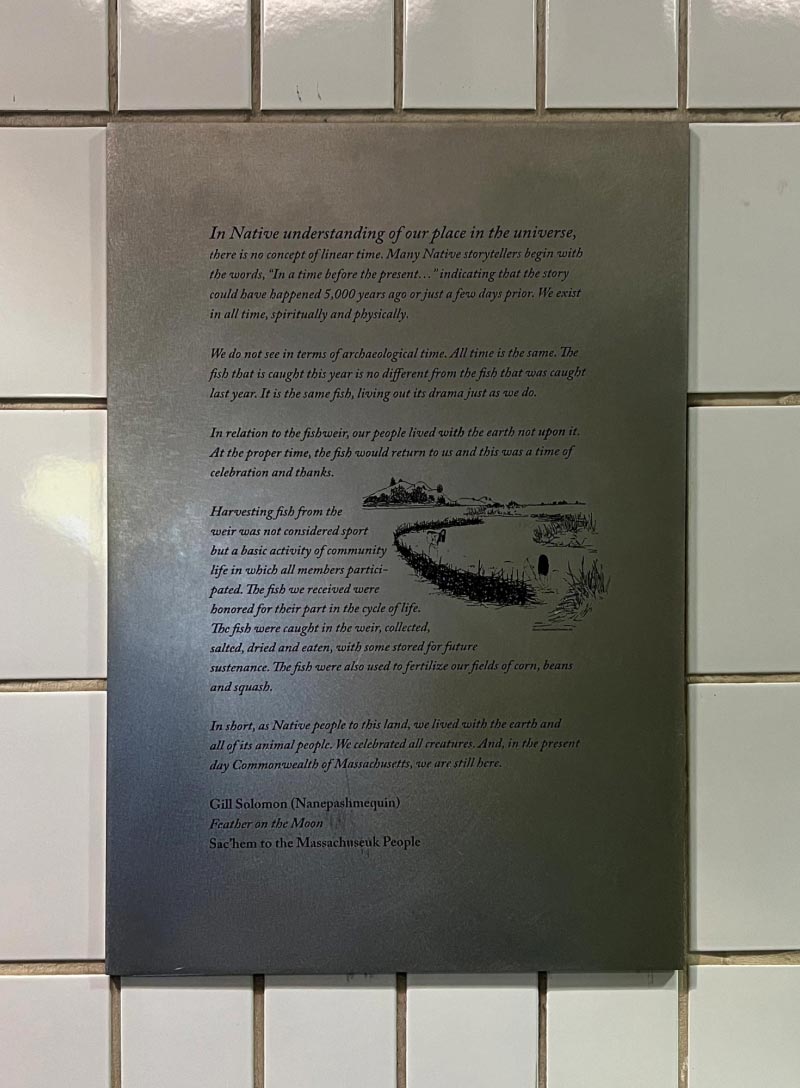
Above — A plaque from the Massachuseuk People, gently suggesting an alternative way of being to the busy commuters shuffling through the bowels of commerce at the Arlington T Station in Boston (transcribed below)
Like any place-based project, the Library Field must grapple with parcels of land as both arbitrary (what does a sunflower care about a fence?) and very real (every border implies the violence of its maintenance).
A guiding principle therefore becomes imagining alternative relationships to space while remaining grounded in the very real conditions that shape land and land ownership in the United States today. This exploration also pushed us to consider non-linear concepts of time and the way that elements such as topographical maps and tree rings can invite deeper exploration into notions of what's "real" and what's human-imposed.
In Native understanding of our place in the universe, there is no concept of linear time. Many Native storytellers begin with the words, "In a time before the present..." indicating that the story could have happened 5,000 years ago or just a few days prior. We exist all time, spiritually and physically.
We do not see in terms of archaeological time. All time is the same. The fish that is caught this year is no different from the fish that was caught last year. It is the same fish, living out its drama just as we do.
In relation to the fishweir, our people lived with the earth not upon it. At the proper time, the fish would return to us and this was a time of celebration and thanks.
Harvesting fish from the weir was not considered sport but a basic activity of community life in which all members participated. The fish we received were honored for their part in the cycle of life. The fish were caught in the weir, collected, salted, dried and eaten, with some stored for future sustenance. The fish were also used to fertilize our fields of corn, beans and squash.
In short, as Native people to this land, we lived with the earth and all of its animal people. We celebrated all creatures. And, in the present day Commonwealth of Massachusetts, we are still here.



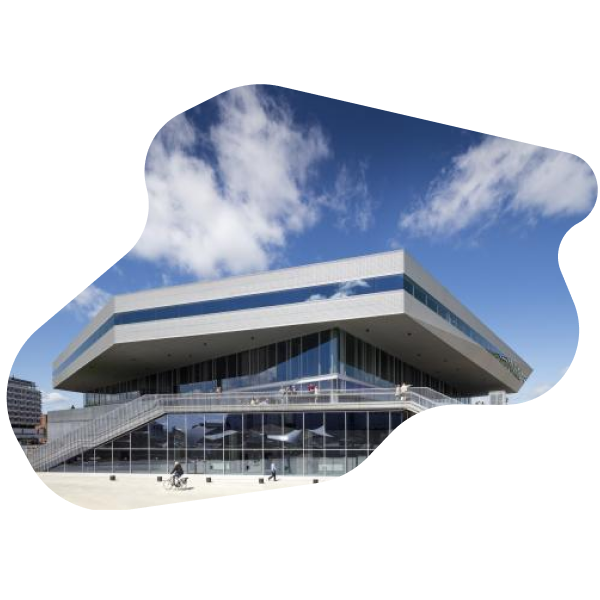
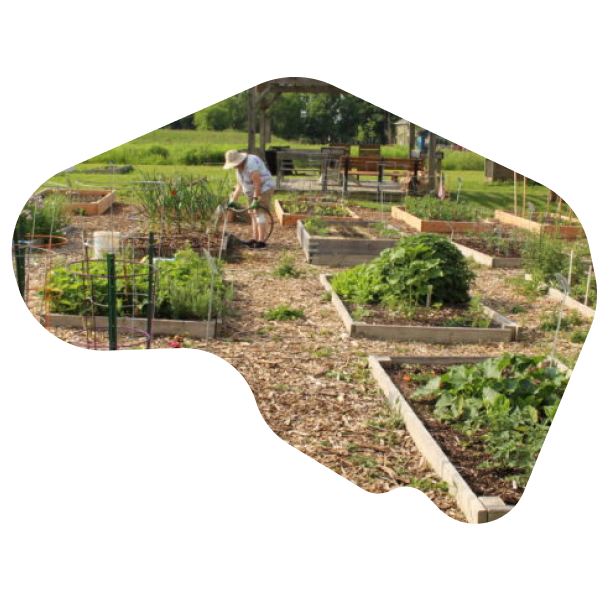
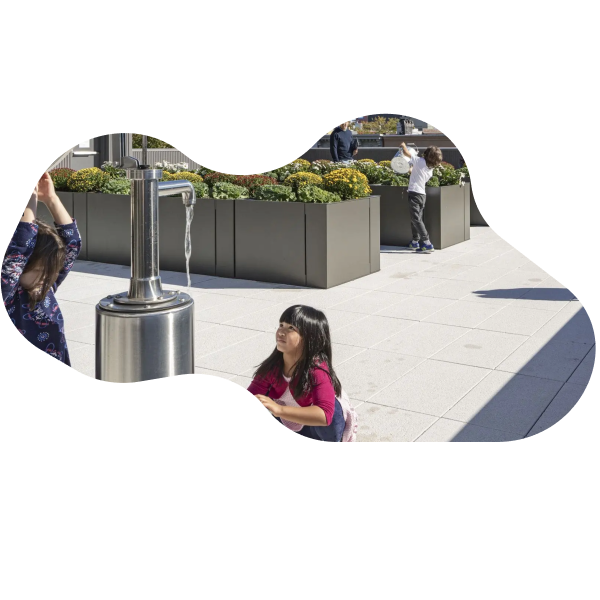
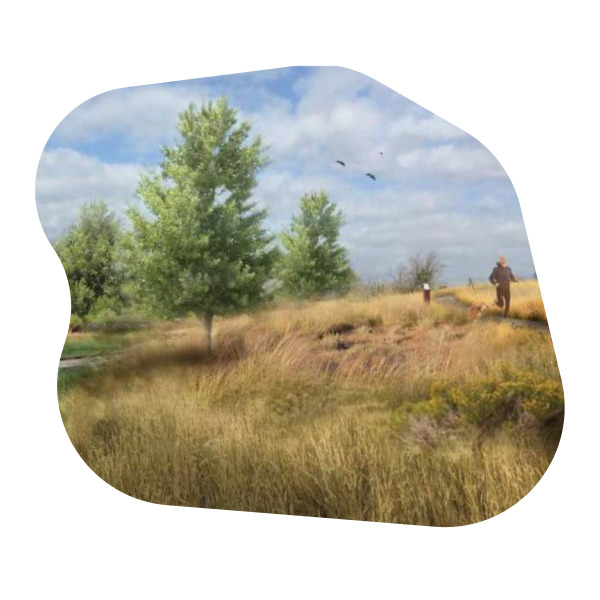





Above — Recognizing some of the partner organizations who we consulted with throughout this project. Their relative location to the center speaks not only to their distance from the NewYork metropolitan area but also establishes a framework for programming and community engagement at the Library Field: hosting local events weekly, regional events monthly, national events quarterly, and global events annually.
Creating conditions for equitable access to discovery and wonder quickly emerged as a central goal of the Library Field. For the design language, this led us to introduce a wide range of imagery that introduces the Field across seasons, time of day, scale (micro/macro), and point of view. As the Library Field finalizes a location and gets underway, this imagery will become peopled.

Looking afar

Looking closer
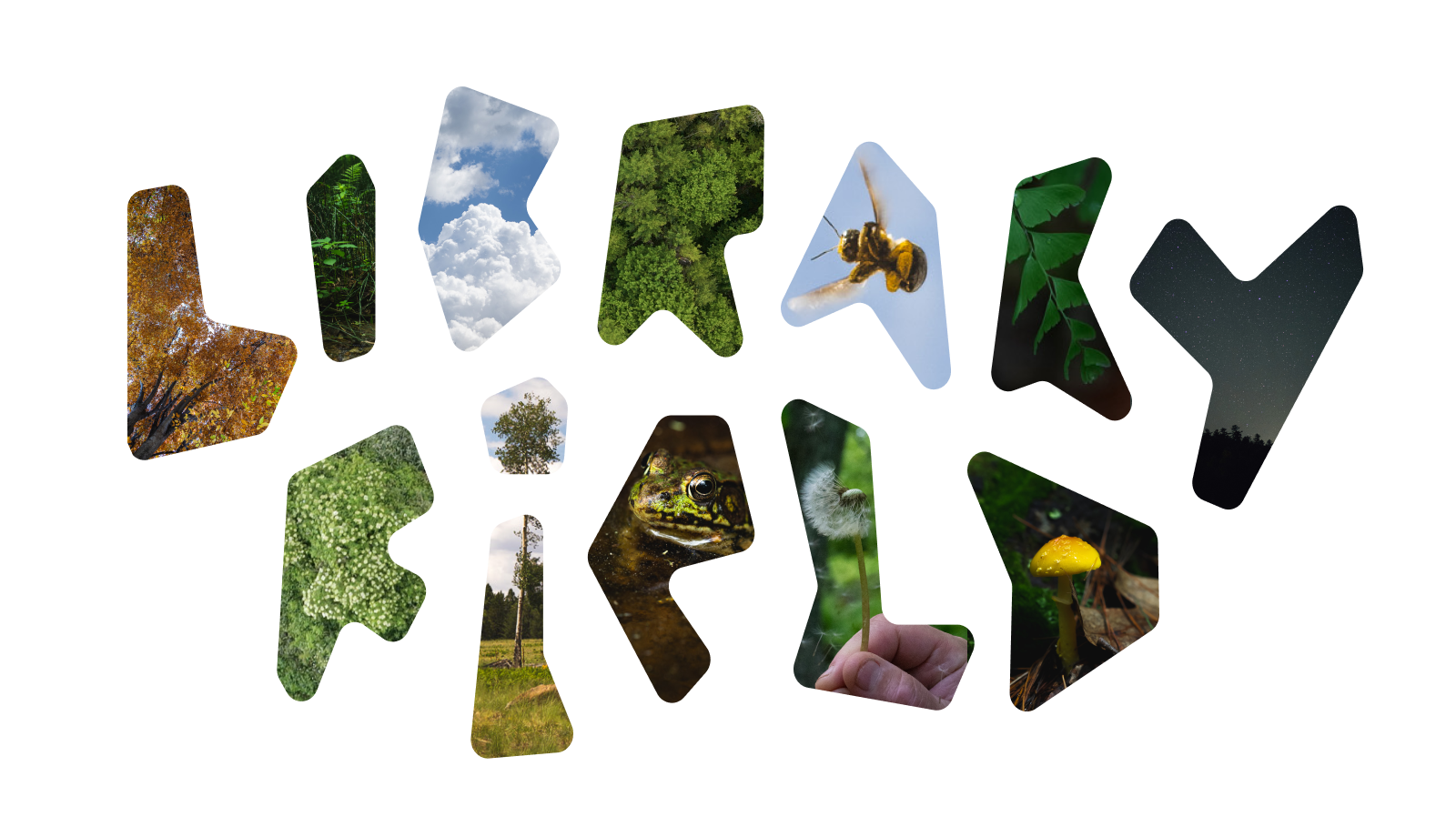
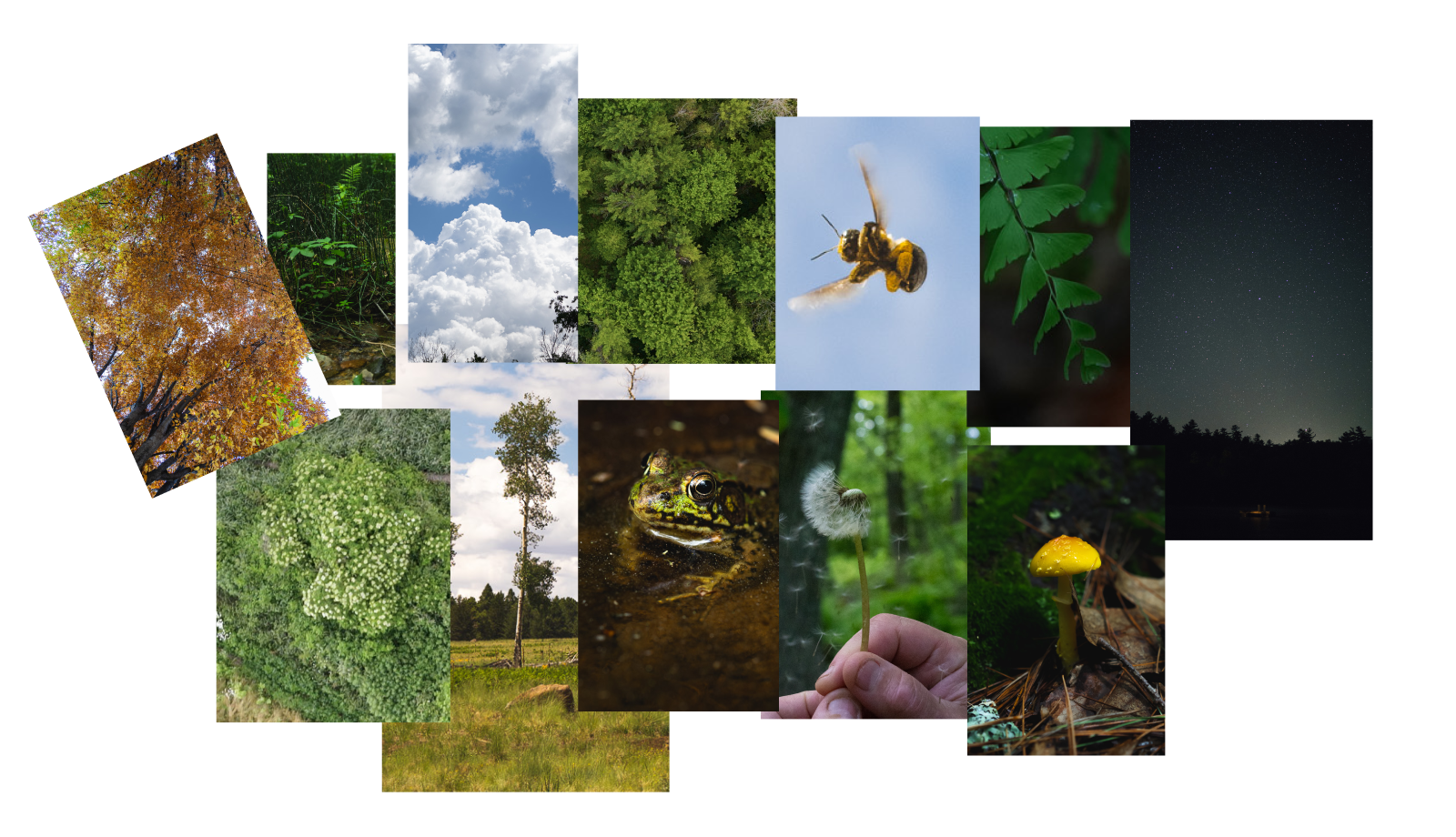
The Library Field logo is comprised of photos from the field captured across a variety of perspectives and scales.

typography
n
tilt neon
w
e
unfinished paths
s
variable perspective

The Library Field is a place to deepen our relationships—between institutions, communities, and individuals—and the earth. By probing the ways that we choose to observe, record, organize, access, and preserve the natural world, we have the opportunity to think critically about our role in natural systems and advance the field of librarianship.
Above — The introduction to the Library Field website brings together each of these themes and articulates a unified vision for librarianship and the natural world.
Visit the Library Field